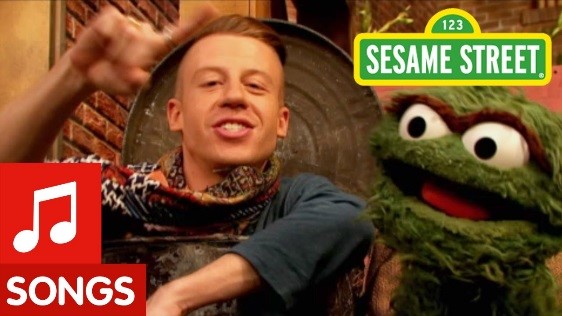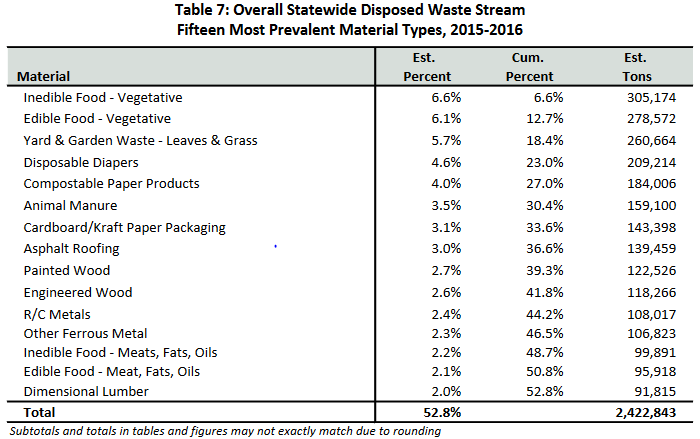
Characterize Your Waste seems like an interesting phrase and is certainly open to interpretation. I imagine many of you thought this would be a great opportunity to pull out the crayons, create characters and illustrations, and jam with Macklemore and Oscar the Grouch. Grooving with Macklemore and Oscar is one way to get down with your waste and I encourage it, but keep reading to learn more about what the term means to those of us working in the Toward Zero Waste World.
Periodically, The Washington State Department of Ecology commissions a four-season municipal solid waste characterization study. The latest study captures information and statistics from 2015 – 2016 and the purpose is to support and guide Washington State’s Solid and Hazardous Waste Plan, “Moving Beyond Waste and Toxics.” The study provides an in-depth look at the makeup of what we throw away statewide – all 4,589,537 TONS of it.
I have a thirst for knowledge and revel in getting down in the weeds to acquire a complete picture of the facts at hand. However, I also understand it is not everyone’s bailiwick to dig around Toward Zero Waste data on MRFs, materials classification, and E-waste. With that in mind, I have pulled out some key findings from this 157-page document. One of the most alarming findings is that all three of the most prevalent waste streams are compostable–yet they are still heading to landfill!
The estimated tons of waste disposed of by sector:
Commercial Waste 43.7% = 2,007,171 tons
Residential Waste 37% = 1,561,810 tons
Most prevalent types of waste
#1 – INEDIBLE Food Waste 6.6 % = 305,174 tons
#2 – EDIBLE Food Waste 6.1 % = 278,572 tons
#3 – Yard & Garden Waste – Leaves & Grass 5.7% = 260,664 tons

Let us all get a better groove on and conduct our own personal ongoing waste characterization studies of sorts. They need not be overly detailed or arduous and can be as easy as simply applying some mindfulness to what we dispose of. Having a better understanding of our waste habits both on a personal level and at our workplace is a great place to start. After all, we as individuals have an opportunity to make a positive impact in both areas. Turning a blind eye while we continue to produce and dispose of 4 ½ MILLION TONS of waste annually is a terrible waste of resources. I have faith we can do better!
